It’s a New Year!
What’s your New Year’s resolution?
Are you trying to eat healthier by eating microbially fermented foods full of nutrients?
Or do you want to be more friendly to the environment by using green bio-plastics?
Keeping this planet green and healthy is a great New Year’s resolution. And one that microbes can help us with.
For example, microbes can degrade and remove the toxic pollution that we have produced. They do that in a process called microbial bioremediation.
Just another way microbes help save the planet.
Our pollution problem
Oil spills, chemical leaks, industrial discharge. We hear about these types of toxic pollution all too often. Increased urbanization, industrialization, and utilization of natural resources pollute and contaminate the environment, which is unhealthy to humans and the planet.

Unfortunately, it is much easier to spill oil or leak a chemical than it is to clean it up. Especially, if the pollution compound is toxic. Cleaning up these types of pollution is costly and may be harmful to the environment.
Why microbial bioremediation?
How lucky are we that microbes can make cleaning up these messes easier? Our microbial friends can degrade and detoxify environmental pollution. This process is called microbial bioremediation.
Microbes absorb or eat toxic pollutants. They then break them down into harmless compounds. This process is a more cost-effective and environmentally friendly method to clean up toxic pollution.
Cleaning up after oil spills
We use petroleum oil in multiple ways, from powering our cars and homes to manufacturing plastics and medicines. Most petroleum oil is found deep in the ground and it takes much energy and expense to pump the oil to the surface.
Unfortunately, sometimes we spill some of that oil. The 2010 Deepwater Horizon oil spill in the Gulf of Mexico is the largest known oil spill and it released 4.9 million barrels of oil into the ocean! What an environmental disaster!
Petroleum oil is a type of fossil fuel full of different organic compounds called hydrocarbons. They contain hydrogen (“hydro”) and carbon molecules. For us humans, ingesting these compounds would be deadly.
So, when that oil disaster happened in 2010, microbiologists and their microbial friends came to the rescue. Luckily, some microbes have special enzymes that recognize and degrade hydrocarbons into smaller compounds. They then use these smaller compounds to grow and reproduce.
Microbes eating hydrocarbons
Many bacteria can degrade petroleum oil. For example, a special Pseudomonas aeruginosa strain can break down oil droplets and grow on petroleum oil with nothing else to eat.
Additional Pseudomonas strains as well as Bacillus subtilis strains are capable of eating hydrocarbons too.
Researchers have also found communities of bacteria working together to degrade and remove petroleum oil. And they are now developing ways to implement these bacterial communities for cleaning up oil spills from contaminated soil and water.
Fungi are also used for bioremediation, called mycoremediation (“myco” refers to fungus). Researchers discovered 16 different fungi species that degrade hydrocarbons in crude oil.
The superhero fungi Trichoderma viridae, Aspergillus flavus and Varicosporium elodeae have the highest rates of degradation. And the Exophiala xenobiotica fungus degrades a hydrocarbon compound found in car gasoline.
Scientists are working to use these microbes in larger bioremediation projects as greener and cheaper ways to clean up oil spills.
Detoxifying heavy metal contamination
Oil spills are not the only toxic pollution generated by us humans. Through many industrial processes, we release heavy metals such as copper, lead, and mercury. Once in the environment, heavy metals can enter the food supply and accumulate in our bodies. Unfortunately, these can lead to health issues and sometimes even cancer.
Removing heavy metals from contaminated water and soils is costly, time-consuming, and ineffective at low concentrations of the contaminate. Good thing microbes can make this process faster and more efficient.
They help remove heavy metals through a process called biosorption. Microbial cell walls are made up of proteins and sugars with a slightly negative charge. Metals have a positive charge.
Thus, microbes can attract and bind these toxic metals. This means microbes act like magnets and pull out the toxic metals from the environment.
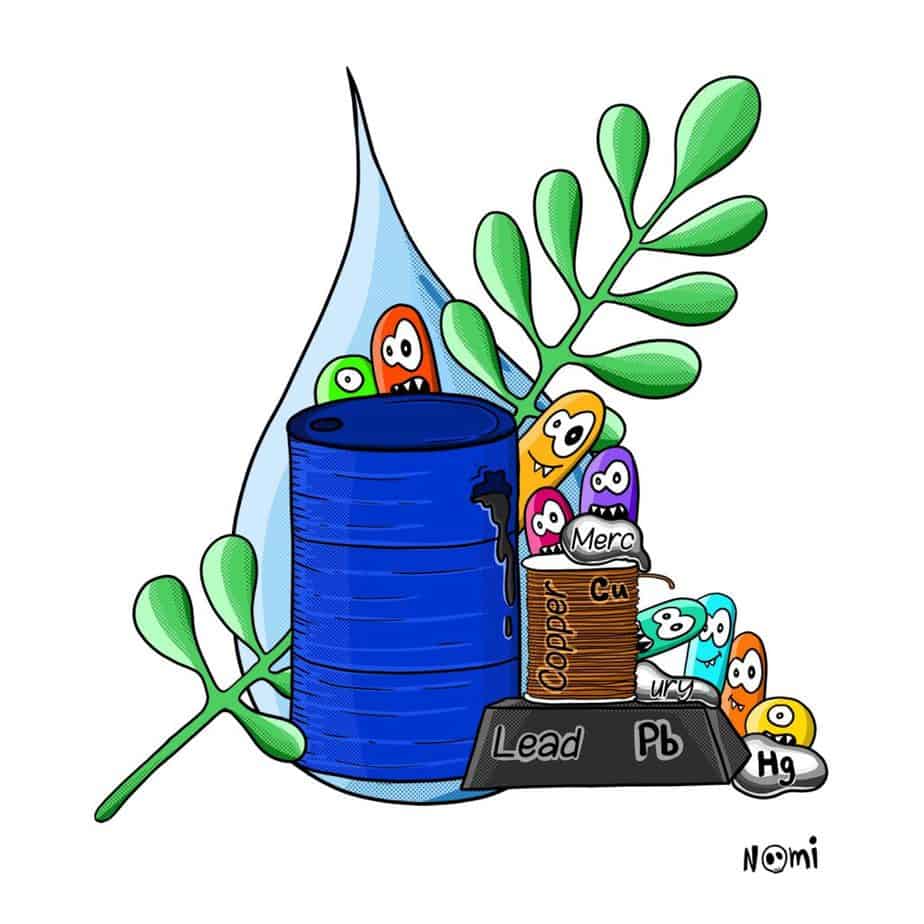
Many microbes can absorb a variety of metals. But these microbes also need to protect themselves from toxic metals. For this, they have special enzymes that transform the metals into less toxic forms inside the cell.
However, even microbes cannot survive if the concentration of toxic metals is too high. So, it is important to find microbes that can tolerate high levels of metals and detoxify them. Scientists have discovered some Aspergillus species that can survive high concentrations of copper and nickel metals.
These microbes must also be superb at decontaminating. One rockstar strain of Aspergillus flavus removed over 97% of mercury contamination. And two Pseudomonas species strains removed over 75% of copper, lead, and zinc contamination. Microbes like these will be vital for removing future heavy metal contamination.
Microbes creating a cleaner future
There are a lot of toxic materials in our world. As human activity increases, so too does the amount of toxic pollution we create on our planet. The results of oil spills and heavy metal contamination hurt our human health as well as the health of our planet.
Luckily, microbes have evolved ways to survive and detoxify these types of pollution. Our microbial friends can help remove these toxins and clean up messes created by us. By harnessing the power of microbes, bioremediation projects address our pollution problem and work to make our planet a greener and healthier place. And that’s a great New Year’s resolution!
Along with microbes, we can save the planet!
Take away messages from this week’s article:
- Toxic pollution is a major problem for the health of humans and our planet
- Microbes can detoxify environmental pollution in a process called microbial bioremediation
- Microbial bioremediation is an environmentally friendly and relatively inexpensive way to clean up toxic pollution

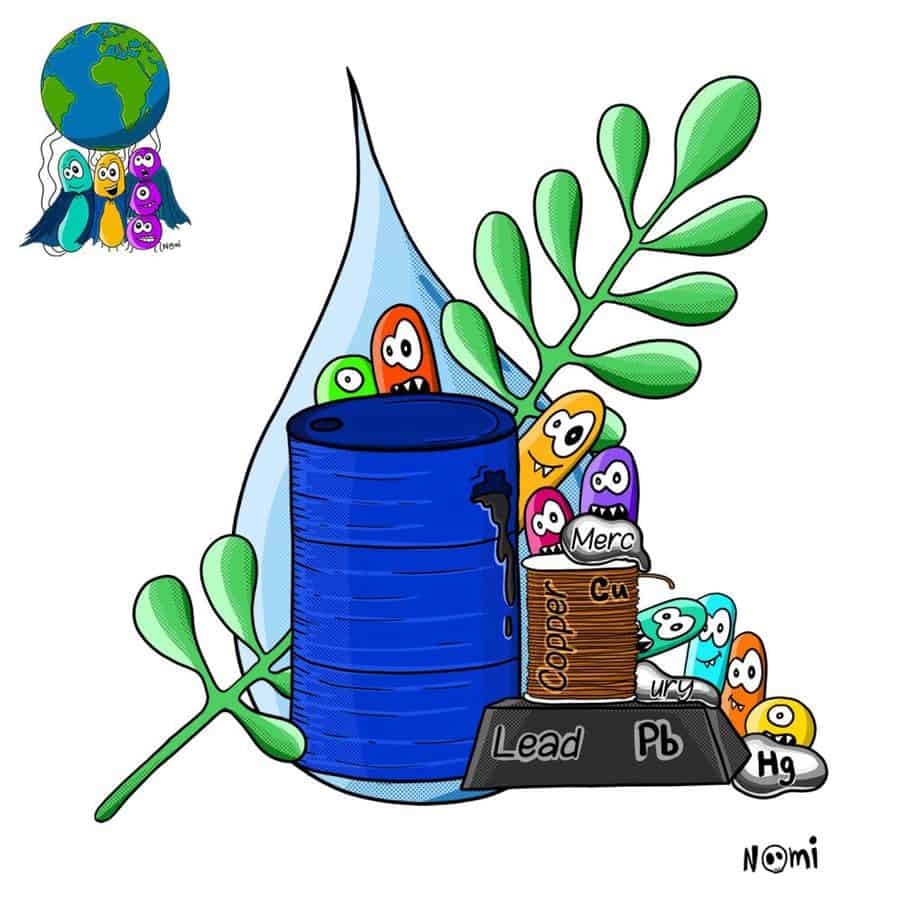
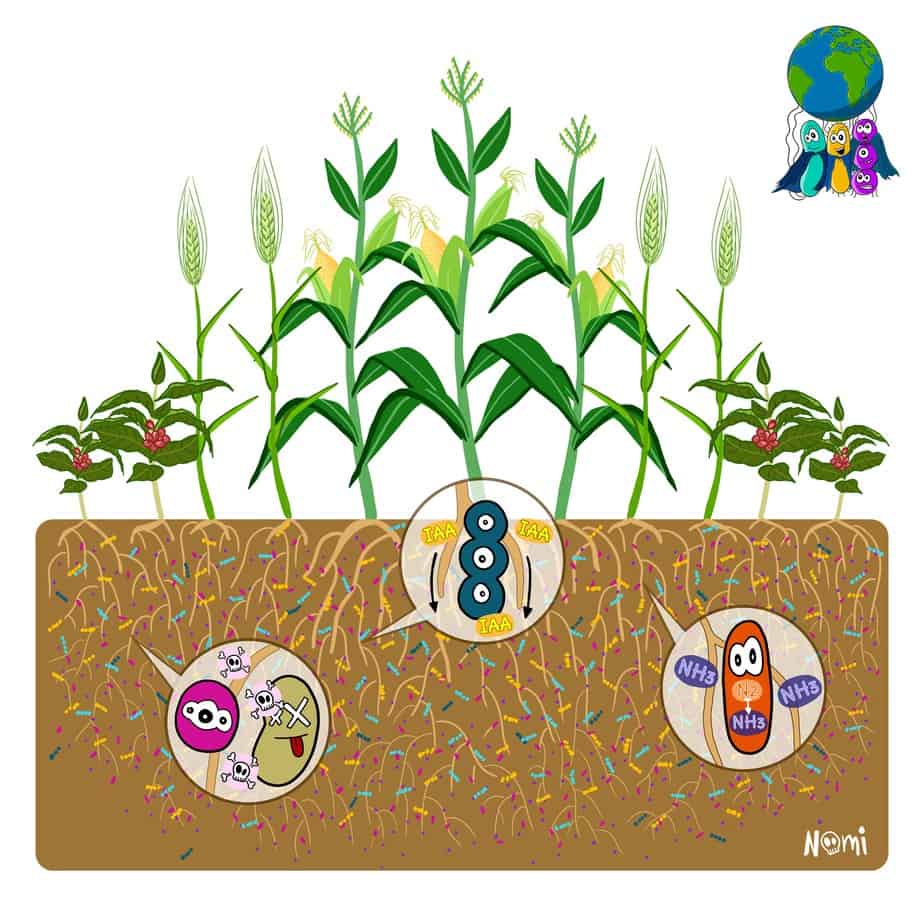
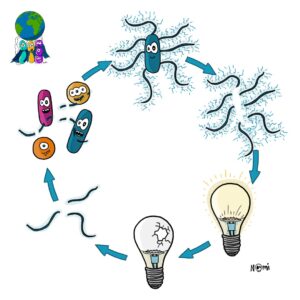
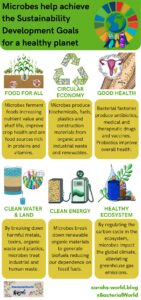
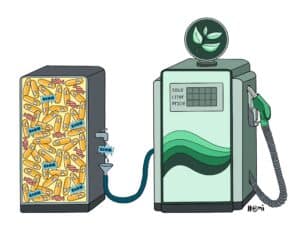
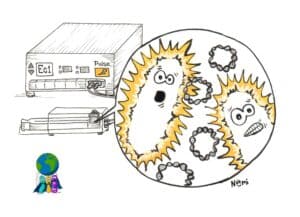
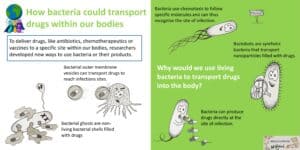
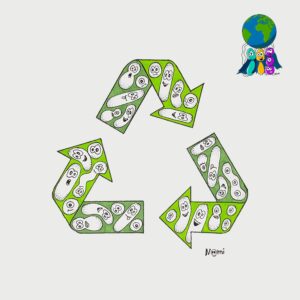
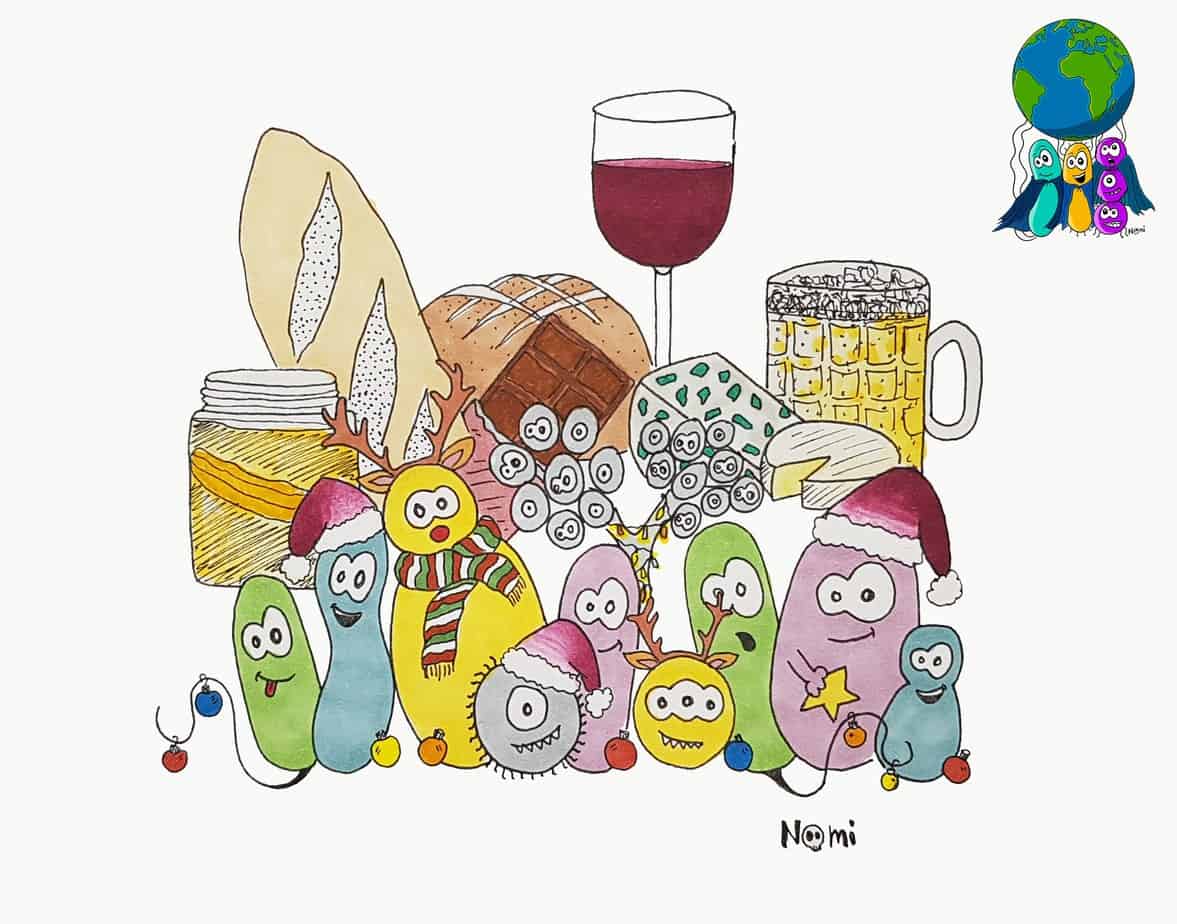
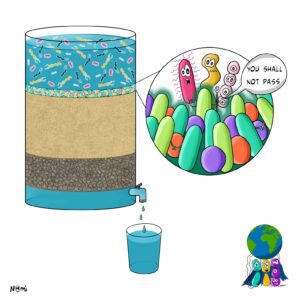
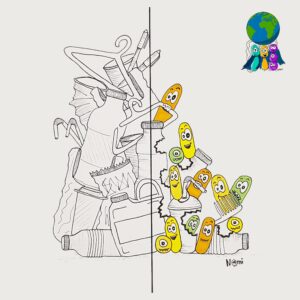

2 Responses
Thank you for writing about this topic.
This information is very important to deliver Nature-Based Solutions to the communities.
The use of graphics is very easy to follow for the public.
Your contribution to this cause is appreciated.
Thank you! Glad you find it helpful and the graphics engaging :)